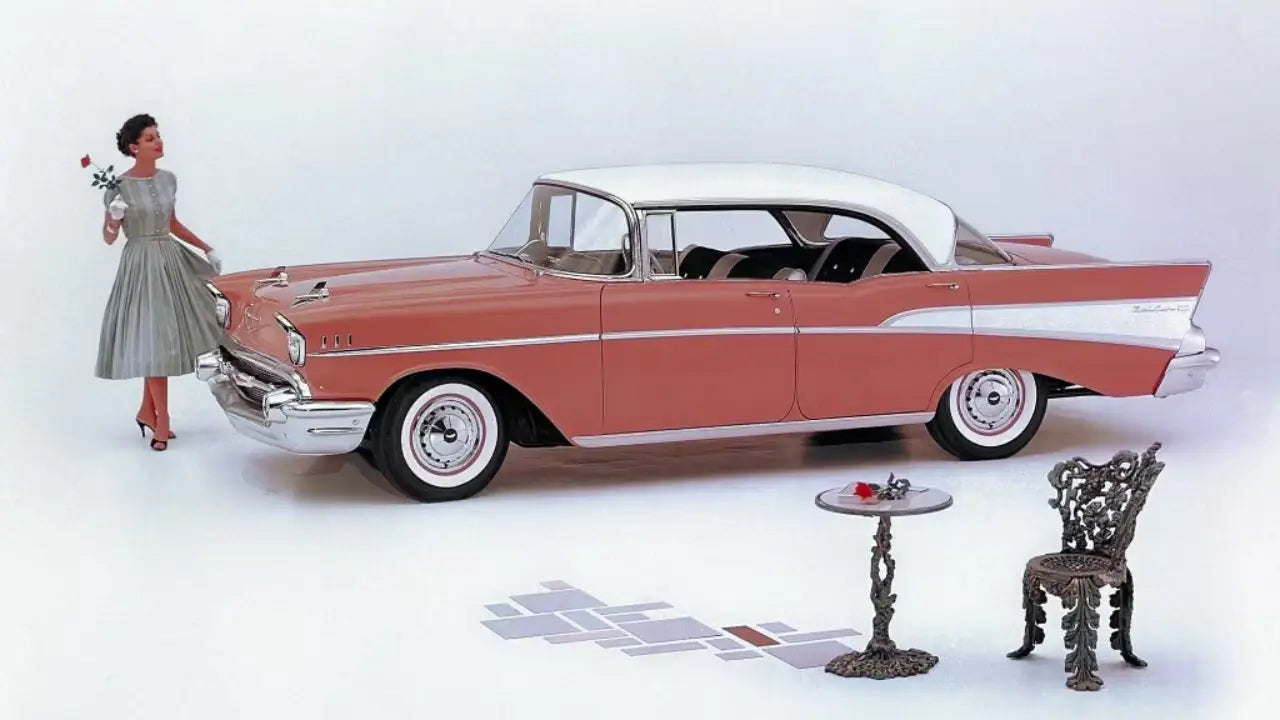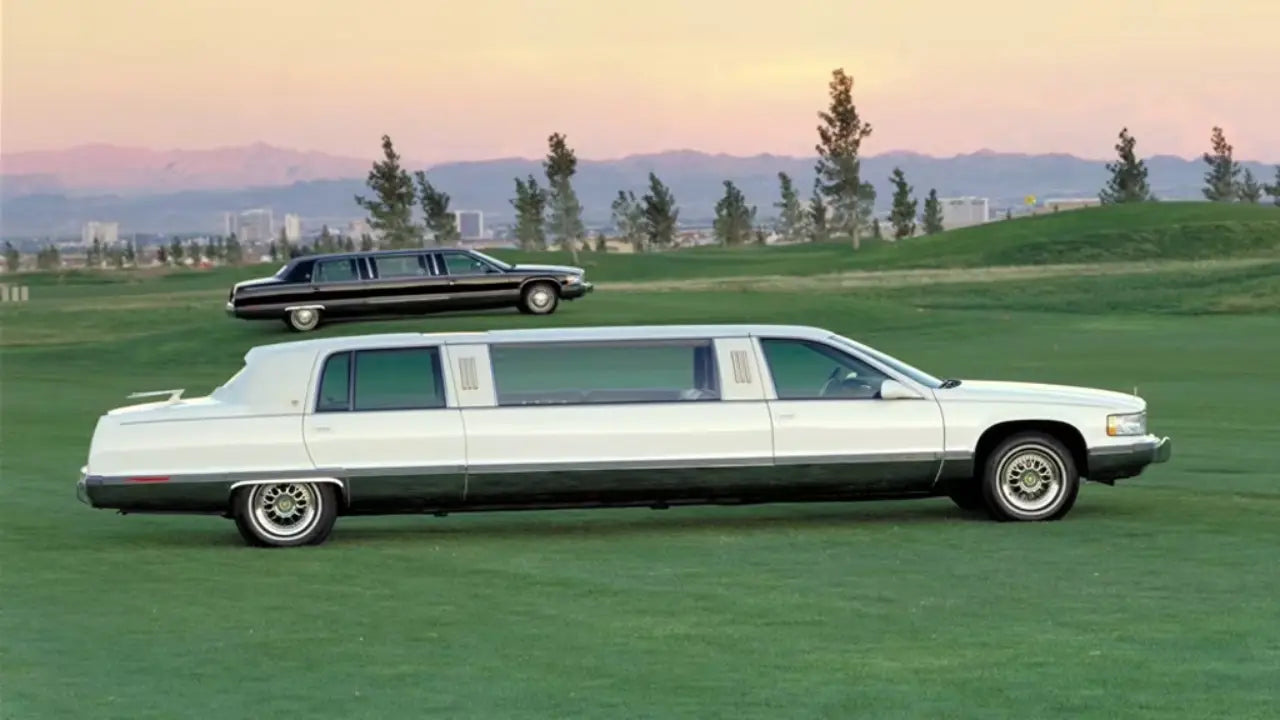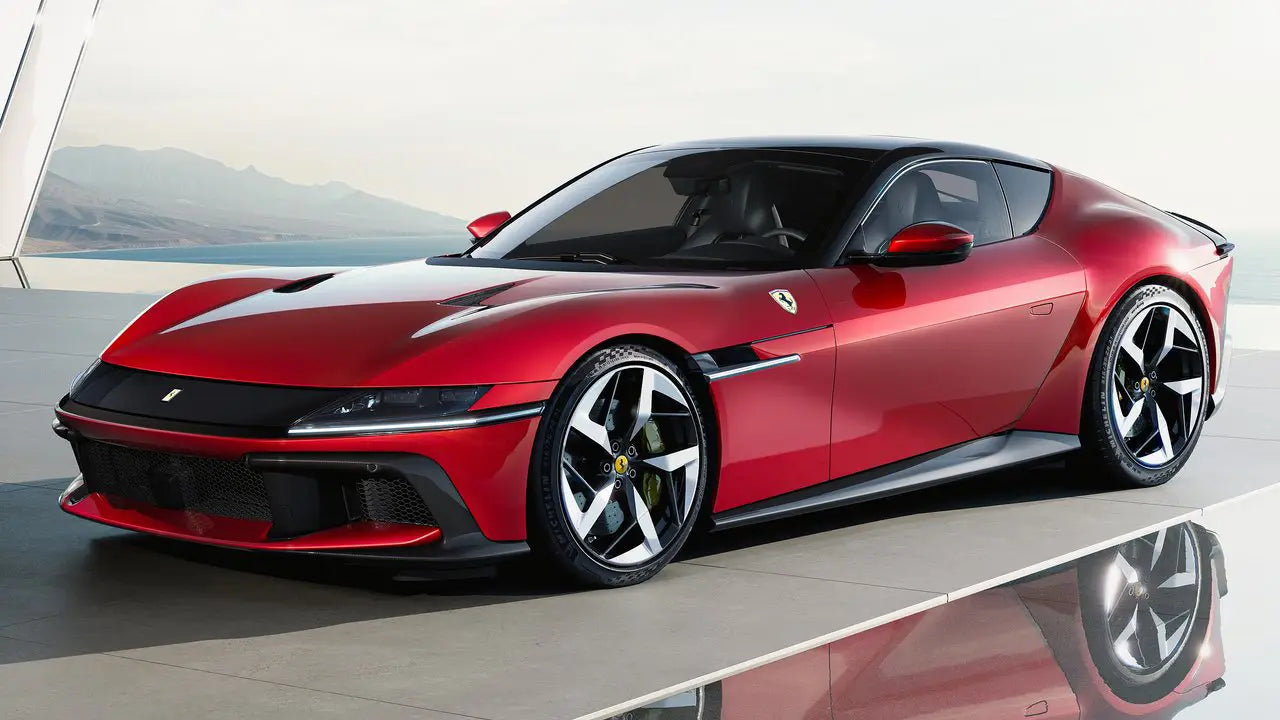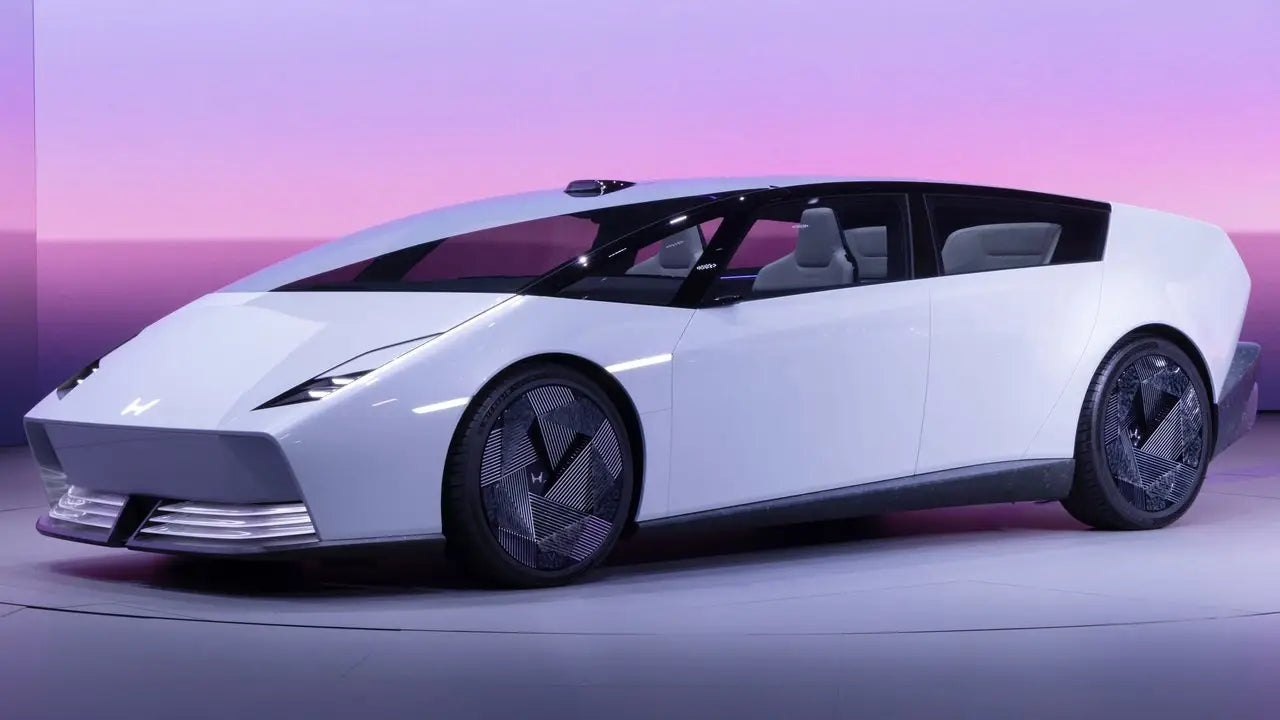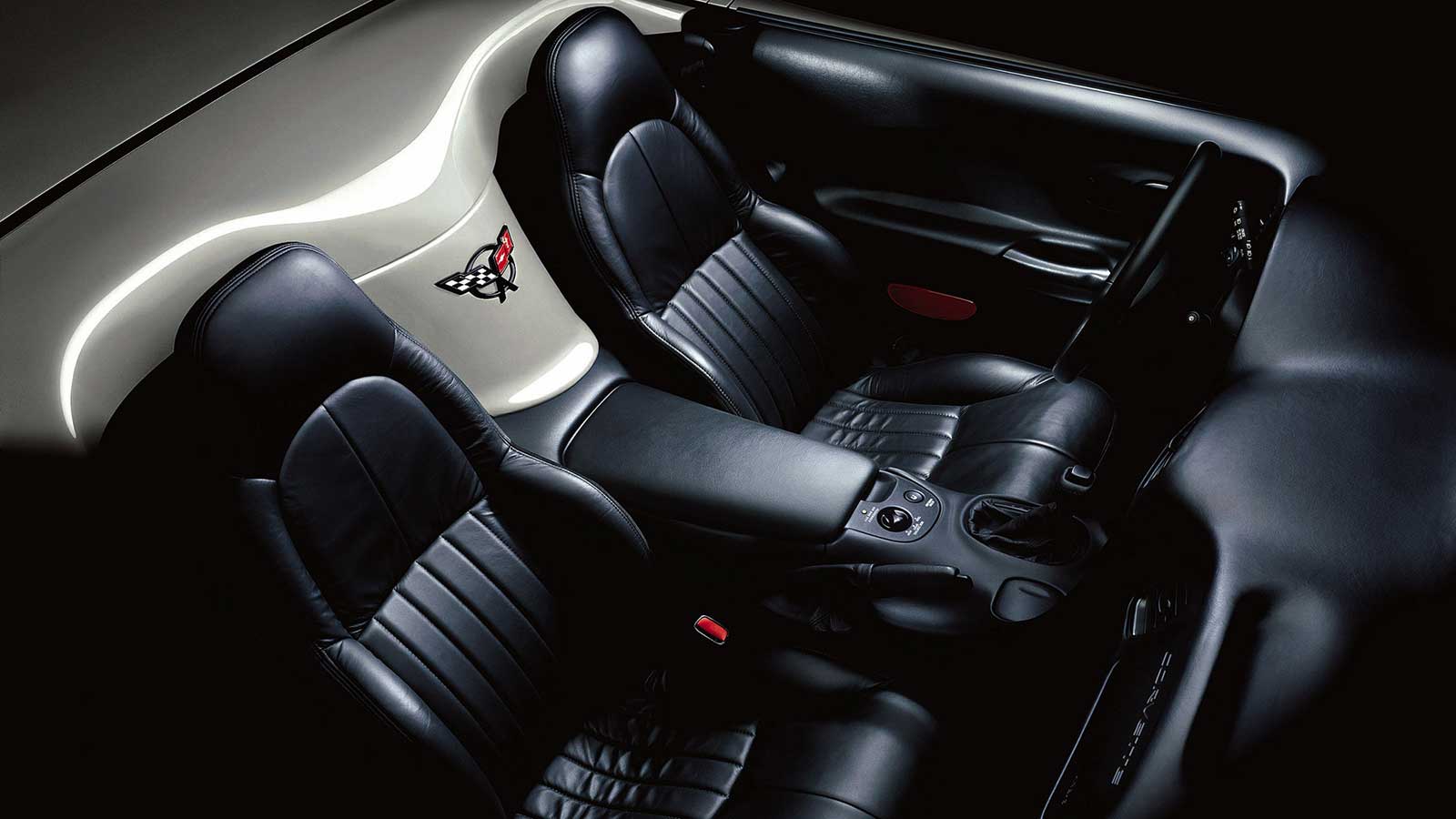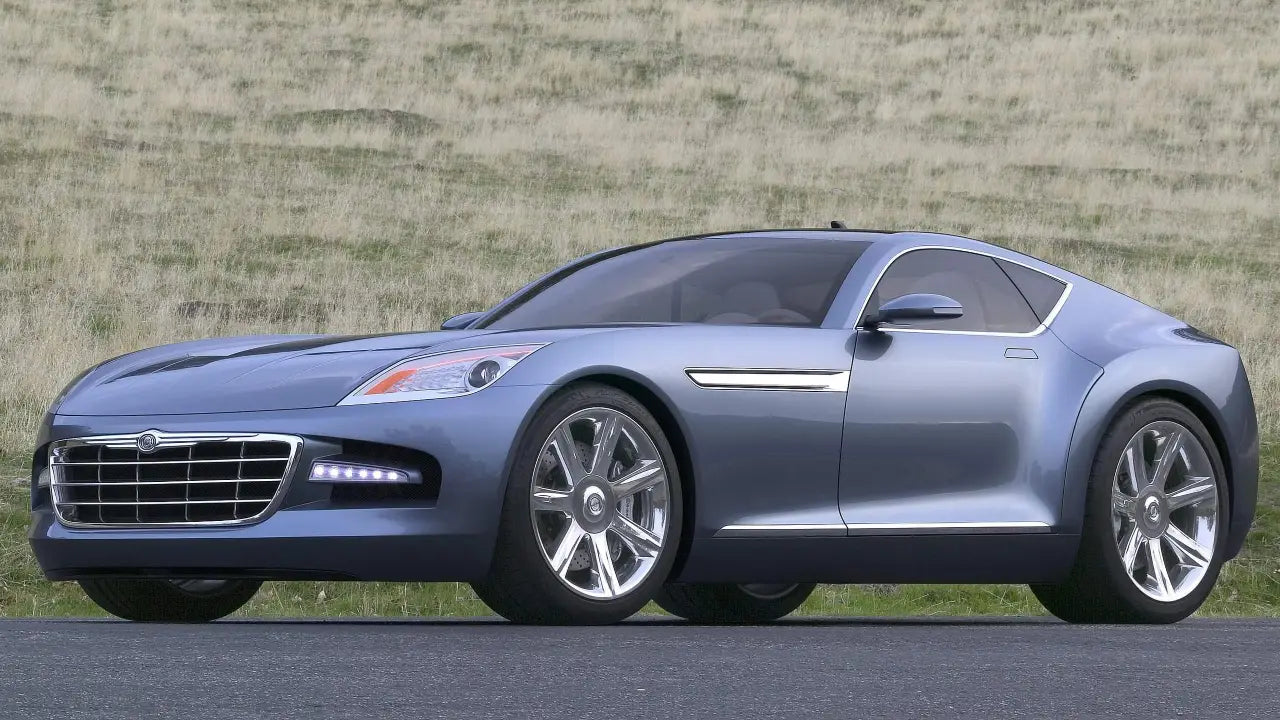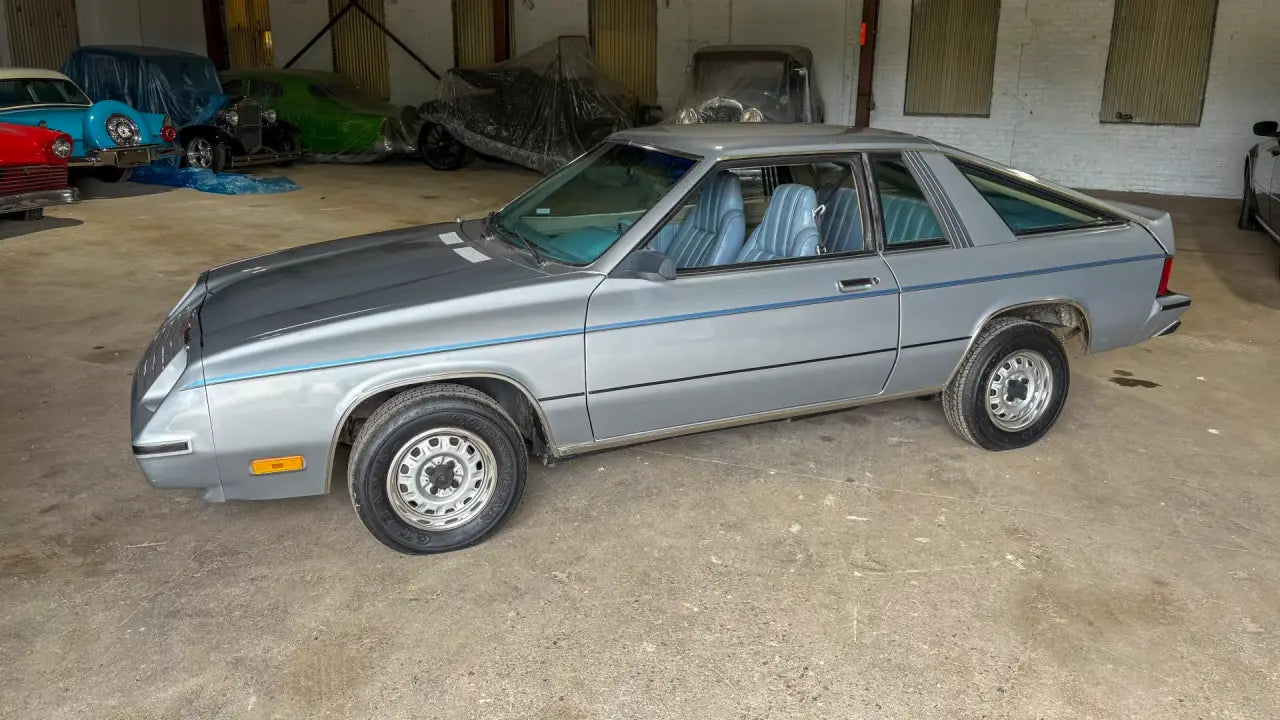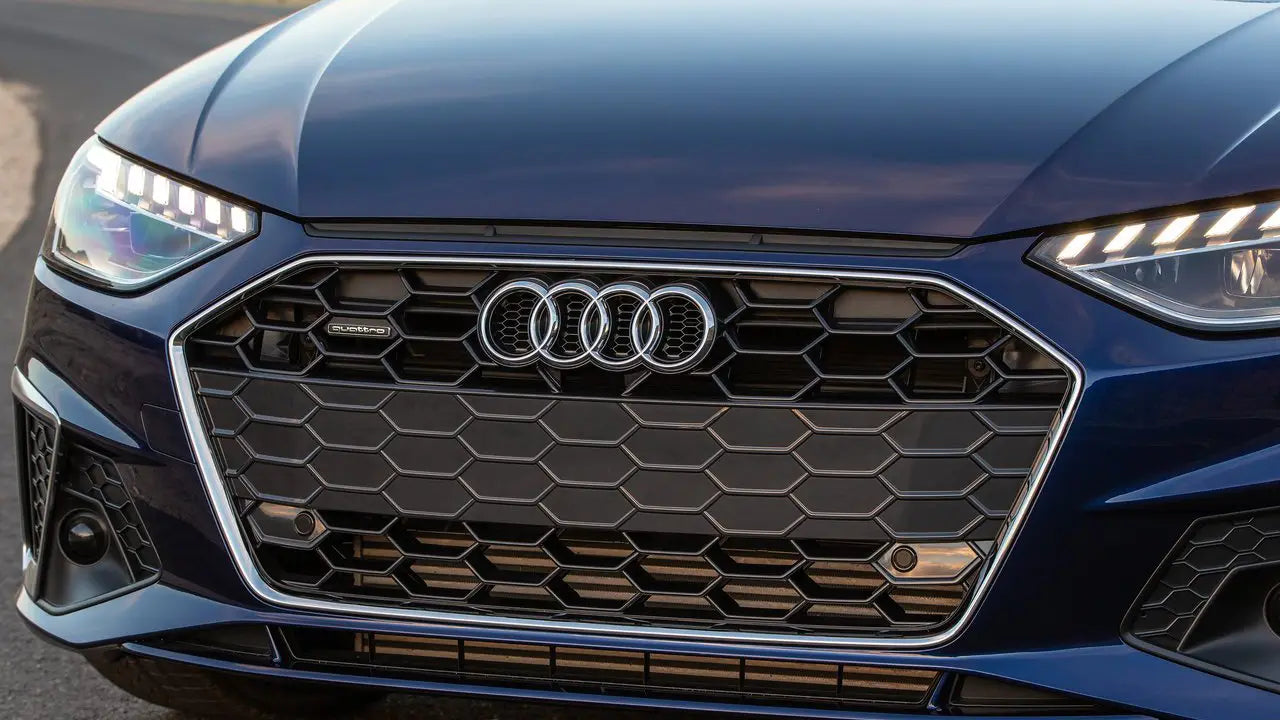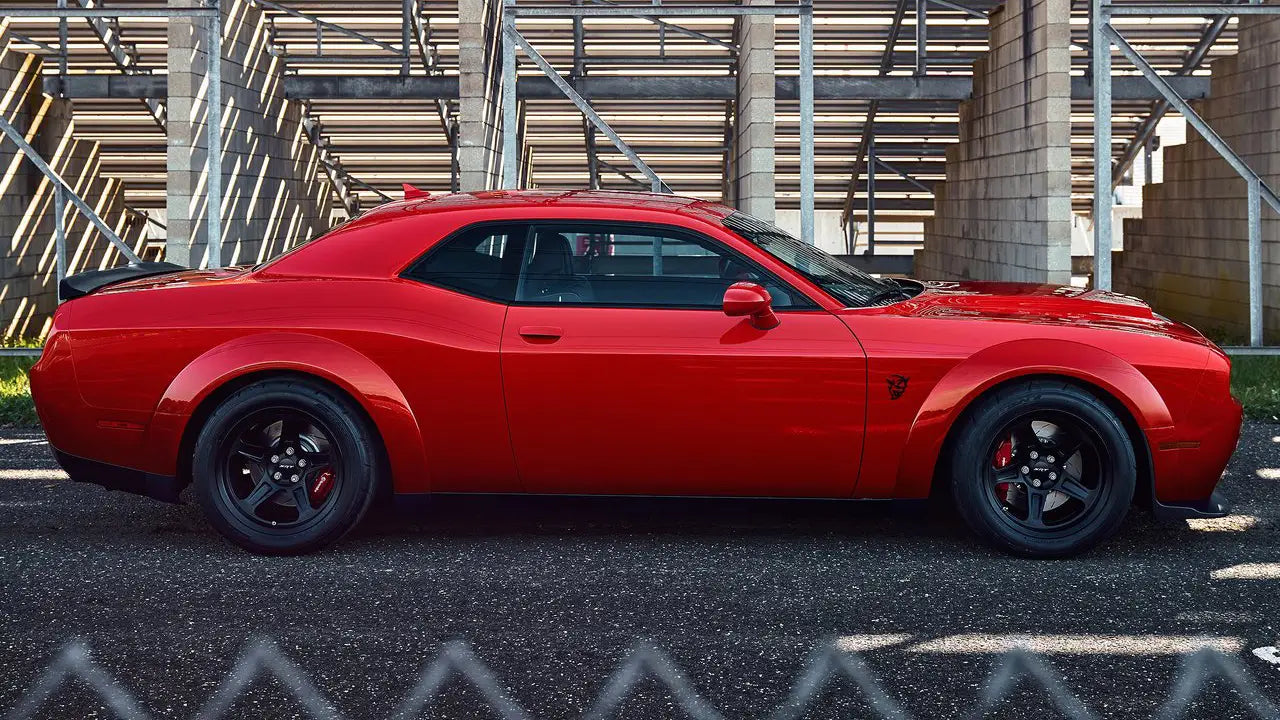Los años 50 fueron una edad de oro en la historia automotriz americana, con innovación, estilo y rendimiento combinándose para producir algunos de los automóviles más icónicos jamás construidos. Hoy, estos clásicos son más que simples reliquias históricas; son muy buscados por coleccionistas y aficionados en todo el mundo. Exploremos los 7 coches de colección americanos más valiosos de los años 50 que continúan cautivando los corazones de muchos.
Lo que impulsa el valor
Antes de la lista brillante, una introducción sobre lo que hace que un clásico de los años 50 sea realmente valioso hoy:
-
Rareza y supervivencia: Cuántos se fabricaron frente a cuántos sobreviven en buen estado. Las variantes de producción limitada (por ejemplo, convertibles, acabados especiales) suelen tener un valor superior.
-
Originalidad y procedencia: Números coincidentes, piezas originales, historial de propiedad documentado y pocos cambios en la restauración.
-
Deseabilidad y estilo: Los coches con un estilo icónico, características destacadas o innovaciones tienden a ser más queridos.
-
Credenciales de rendimiento e ingeniería: Motores V8, motores Hemi, avances como la inyección de combustible, suspensiones especiales, etc.
Studebaker Commander Starlight Coupe 1953
El Studebaker Commander Starlight Coupe de 1953 no solo estaba adelantado a su tiempo; parecía venir de otra década por completo. Diseñado por el estudio de Raymond Loewy, su silueta baja y aerodinámica y la ventana trasera envolvente rompían con las convenciones del diseño de principios de los 50. Bajo la elegante carrocería, un robusto V8 de 232 pulgadas cúbicas ofrecía un rendimiento confiable. Hoy, los coleccionistas valoran el Starlight por su lenguaje de diseño pionero, un coche que anticipó la revolución aerodinámica que estaba por venir.

Kaiser Darrin 1954
Antes de que el Corvette tomara el protagonismo, el Kaiser Darrin hizo historia silenciosamente como el primer deportivo de producción en fibra de vidrio de América. Diseñado por el legendario Dutch Darrin, presentaba una parrilla audaz con forma de un suave gesto y las únicas puertas correderas de la industria, que desaparecían ingeniosamente en los guardabarros delanteros. Aunque impulsado por un modesto motor Willys F-head de seis cilindros en línea, su diseño artístico lo convierte en un coleccionable de primera categoría. Solo se produjeron 435 unidades, consolidando su lugar como uno de los deportivos americanos más raros jamás fabricados.

Chrysler 300B 1956
El Chrysler 300B definió una nueva raza de automóvil americano, el coche de lujo y alto rendimiento. Su motor Hemi V8 de 354 pulgadas cúbicas generaba unos poderosos 355 caballos de fuerza, una cifra asombrosa para la época. Con líneas limpias y sobrias y un rendimiento récord en NASCAR, el 300B encarnaba tanto poder como prestigio. Los coleccionistas lo admiran como la piedra angular de la famosa "Letter Series" de Chrysler, el progenitor del movimiento muscle car.

Continental Mark II 1956
Creado bajo la efímera División Continental de Ford, el Continental Mark II de 1956 fue una declaración de lujo sin compromisos. Cada uno fue meticulosamente construido a mano y costaba casi $10,000 nuevo (¡cerca de $120,000 en dólares de 2025!), tanto como una casa modesta. El diseño del auto era refinado, casi minimalista, evitando el exceso de cromo de sus competidores. Con su motor V8 de 368 pulgadas cúbicas y una artesanía exquisita, el Mark II es uno de los autos de colección americanos más valiosos.

Chevrolet Bel Air 1957
El Chevrolet Bel Air de 1957 es uno de los autos más icónicos de los años 50. Todos en la calle miraban dos veces las grandes aletas traseras, el metal brillante y el acabado anodizado en oro. Era hermoso pero también muy rápido, gracias al motor V8 extra de 283 pulgadas cúbicas con inyección de combustible Rochester. El Bel Air de 1957 fue un auto famoso que siempre será parte de la cultura automotriz estadounidense porque era elegante, fácil de conseguir y nuevo.

DeSoto Adventurer 1957
El DeSoto Adventurer era pura valentía de mediados de siglo sobre ruedas. Con su pintura bicolor, detalles de cromo lujosos y un rugiente motor Hemi V8 de 345 pulgadas cúbicas con doble carburador cuádruple que producía 345 caballos de fuerza, era una declaración de poder y estilo. Construido en números limitados, el Adventurer era la joya de la corona de la línea DeSoto y un canto del cisne para una marca que pronto desaparecería. Los coleccionistas lo codician por su rareza y destreza mecánica.

Imagen: rmsothebys
Ford Thunderbird 1957
El Thunderbird de 1957 marcó el fin del original “baby Bird” de dos asientos. Un poco más largo y refinado que en años anteriores, presentaba aletas sutiles, una nueva parrilla y un motor V8 opcional de 312 pulgadas cúbicas. No era un auto deportivo en el sentido europeo, sino un auto de lujo personal. El Thunderbird estableció una nueva categoría automotriz: el “coupé de lujo personal”, influyendo en décadas de filosofía de diseño en Ford y más allá.

Por qué estos autos aún importan
Los autos de los años 50 son más que una ingeniería sobresaliente; marcan un punto de inflexión en la sociedad estadounidense. Después de la Segunda Guerra Mundial, Estados Unidos experimentó una confianza sin igual. Los fabricantes de autos usaron esta confianza para inspirar sus diseños con grandes aletas, cromo brillante, características inspiradas en jets y potentes motores V8. Cada auto era una expresión de crecimiento e individualidad.
Los coleccionistas de autos aún aman estos vehículos porque son recordatorios físicos de esa esperanza. Aunque los autos modernos son muy eficientes, no pueden compararse con la calidad del trabajo, el sonido de un V8 con carburador, o la sensación del metal y el cuero en tus manos. Nos recuerdan que las nuevas ideas venían en cromo y aletas, y que el estilo era un lenguaje de esperanza y confianza.



